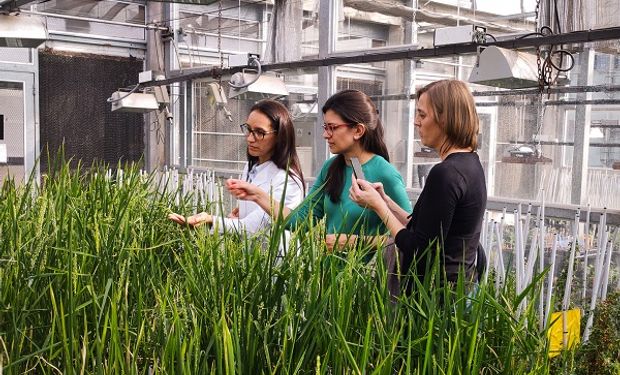
By Agroempresario.com
Rice, a staple food for over half of the world's population, comes in a wide array of varieties, each with distinct characteristics and cultivation methods. The diversity of rice is primarily categorized based on grain length, texture, color, and aroma, offering unique culinary experiences across different cultures.
Long-grain rice, including varieties like Basmati, Jasmine, and American Long-Grain, is known for its slender grains that stay separate and fluffy when cooked. Basmati rice, predominantly grown in India and Pakistan, is renowned for its fragrant aroma and delicate texture. Jasmine rice, primarily cultivated in Thailand, shares similar aromatic qualities but is slightly shorter and stickier. American Long-Grain rice, cultivated in the United States, offers versatility in various dishes, maintaining a light and fluffy texture.

Medium-grain rice, such as Arborio and Valencia, features plumper grains that tend to be more tender and slightly sticky. Arborio rice, famous for its use in Italian risotto, is grown in Italy and is appreciated for its creamy texture. Valencia rice, integral to Spanish paella, is cultivated in Spain and absorbs flavors well, making it ideal for rich, savory dishes.
Short-grain rice, including Sushi Rice and Glutinous Rice, is characterized by its short, round grains that become very sticky when cooked. Sushi rice, essential for Japanese cuisine, is grown primarily in Japan and is prized for its stickiness, which helps it hold together in sushi rolls. Glutinous rice, also known as sticky rice, is extensively used in Southeast Asian desserts and savory dishes, grown in countries like Thailand, Laos, and Cambodia.

Aromatic rice varieties, such as Basmati, Jasmine, and Texmati, are celebrated for their distinctive fragrances. Basmati and Jasmine, with their origins in India, Pakistan, and Thailand respectively, are globally recognized for their delightful aromas. Texmati, an aromatic variety grown in the United States, combines the best qualities of both Basmati and traditional American Long-Grain rice.
Black and red rice varieties, such as Forbidden Black Rice and Himalayan Red Rice, are highly nutritious and rich in antioxidants. Black rice, often cultivated in China and Southeast Asia, offers a chewy texture and a nutty flavor. Red rice, grown in regions like Bhutan, Southern India, and Thailand, is known for its earthy taste and high nutritional value.

Wild rice, native to North America, differs from typical Asian rice varieties. It features long, slender grains with a chewy texture and a nutty flavor. Wild rice is primarily grown in the Great Lakes region of the United States and Canada, where it thrives in the natural wetland conditions.
The production process of rice involves several meticulous steps to ensure high-quality yields. Fields are first plowed and leveled, often flooded in regions with adequate water resources. Seeds are either sown directly into the fields or started in nurseries before transplanting. Throughout the growing season, fields are kept flooded to help control weeds and pests. Fertilizers are applied to enhance growth, and integrated pest management practices are increasingly adopted to reduce chemical usage.

Harvesting occurs when the rice plants mature and turn golden, done either manually or with machines. The harvested rice is then threshed to separate the grains from the stalks and dried to reduce moisture content, preventing spoilage. Milling processes remove the husk, bran, and germ to produce white rice, while brown rice retains more nutrients due to less processing. White rice often undergoes further polishing before packaging to improve its texture and appearance.
Globally, key rice-producing regions include Asia, Africa, the Americas, and parts of Europe. Major producers like India, China, Indonesia, Bangladesh, Thailand, and Vietnam contribute significantly to the global rice supply. In Africa, countries such as Nigeria, Egypt, and Madagascar are notable producers. The United States, Brazil, and Argentina are prominent in the Americas, while Italy and Spain are the primary producers in Europe.

These regions benefit from suitable climates, water resources, and soil conditions that are conducive to rice cultivation, supporting the diverse and widespread production of this essential grain.
